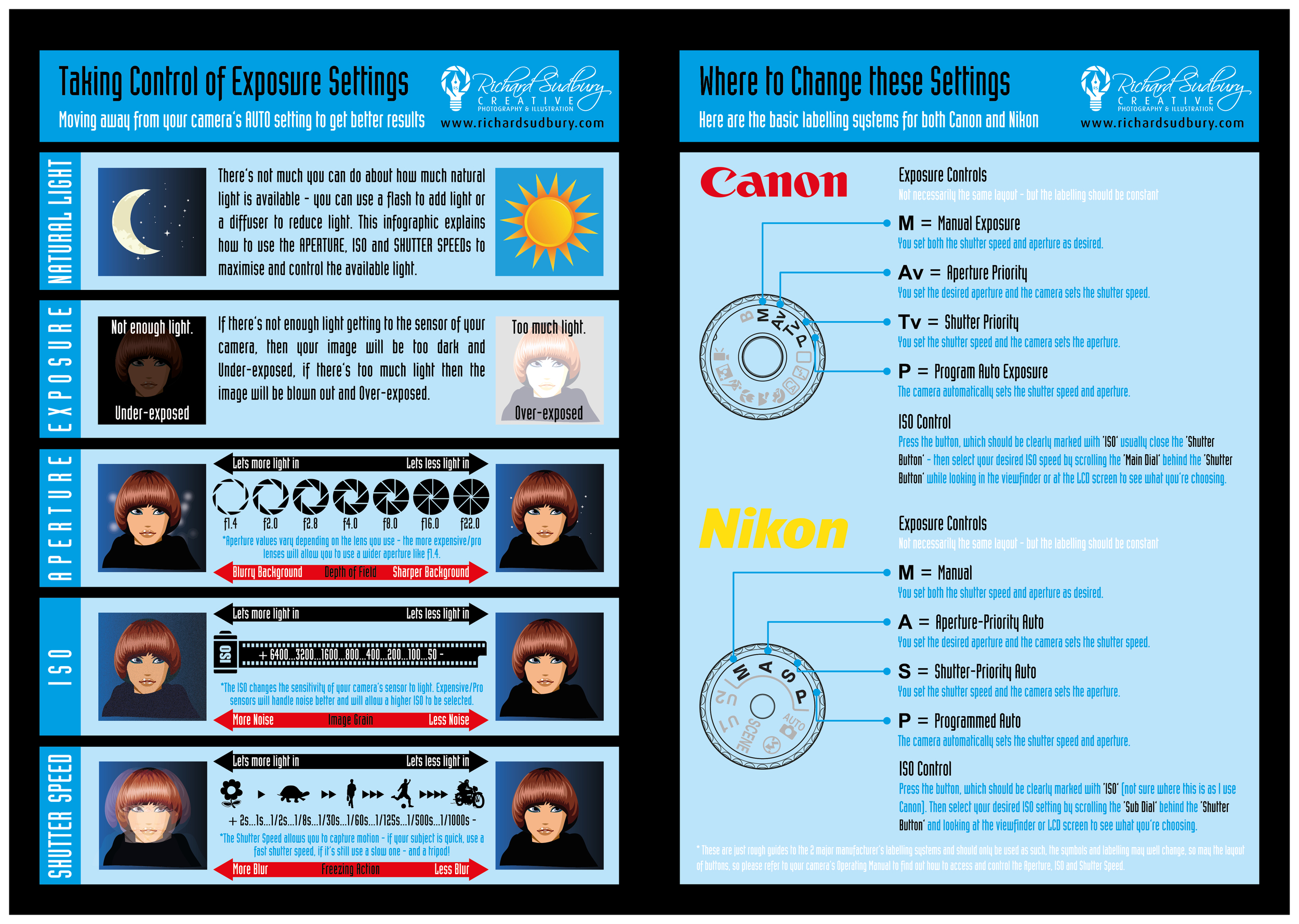Join Us To Discover Crucial Digital Photography Suggestions That Will Certainly Open Your Cam'S Possibility-- Prepare To Catch Spectacular Photos Quickly!
Join Us To Discover Crucial Digital Photography Suggestions That Will Certainly Open Your Cam'S Possibility-- Prepare To Catch Spectacular Photos Quickly!
Blog Article
Write-Up By-Weber Odgaard
When you first get your video camera, it can really feel frustrating with all the setups and alternatives readily available. You could find yourself wondering exactly how to browse aperture, shutter speed, and ISO effectively. Grasping these principles is essential, however there's even more to photography than just technical knowledge. Understanding make-up techniques and lights conditions can elevate your pictures significantly. So, what if you could discover simple methods to boost your skills and start catching remarkable images earlier than you assume? Let's check out just how to transform your digital photography journey.
Recognizing Camera Setups
Comprehending your cam settings is important for catching stunning pictures. When you grab your video camera, acquaint yourself with the three main setups: aperture, shutter rate, and ISO. Each plays a crucial duty in just how your images end up.
Begin with aperture, which regulates the amount of light entering the lens. A bigger aperture (reduced f-number) lets in much more light and creates a beautiful history blur, ideal for portraits. On the other hand, a narrower aperture (greater f-number) maintains even more of the scene in emphasis, perfect for landscapes.
Next off, concentrate on shutter rate. This setup establishes how much time your cam's sensing unit is exposed to light. A quick shutter rate freezes movement, which is great for action shots, while a slow-moving shutter rate can develop stunning results like smooth water in landscapes.
Lastly, adjust your ISO. This setting impacts your cam's level of sensitivity to light. A higher ISO works in low-light situations yet can introduce sound or grain. Go for the most affordable ISO feasible while still attaining appropriate direct exposure.
Structure Strategies
When you're out capturing, structure can make all the difference in exactly how your photos resonate with customers. Beginning by using the guideline of thirds; imagine your structure split right into nine equivalent sections with two straight and two vertical lines. Executive portrait along these lines or at their crossways to produce equilibrium and interest.
Next, think about leading lines. These natural lines in your scene, like roadways or rivers, attract the audience's eye right into the photograph, assisting them through the story you're telling.
Don't ignore mounting; use components within your scene, like trees or windows, to produce a structure around your topic, adding depth and focus.
Also, watch on your background. A chaotic background can distract from your main topic, while a simple one aids it stick out.
Lastly, try out balance and patterns; they can produce a striking photo that catches focus.
Learning Illumination Conditions
Mastering lights conditions is vital for catching magnificent pictures, as the right light can change a regular scene into something remarkable.
Begin by observing natural light at different times of the day. Mornings and late afternoons provide the very best light, called the gold hour. The soft, warm tones throughout these times can boost your pictures magnificently.
Don't shy away from overcast days either; diffused light can minimize harsh darkness and develop a pleasing impact, specifically for pictures.
Experiment with backlighting by positioning your topic versus the source of light. This method can produce a wonderful halo impact and include depth to your images.
Take note of your cam settings too. Adjust the ISO, aperture, and shutter rate to suit the lights conditions. A higher ISO can aid in low light, however beware of grain.
Make use of a tripod in darker environments to stay clear of blur.
Finally, do not neglect artificial lighting. Flash and continual lights can be terrific tools for regulating light in challenging conditions.
Look At This
In conclusion, understanding your electronic camera does not have to be frustrating. By comprehending your setups, applying composition strategies, and taking advantage of the power of all-natural light, you'll quickly elevate your digital photography skills. Keep in mind, practice makes best, so get out there and experiment with your newfound understanding. With time and devotion, you'll be capturing magnificent photos that mirror your special point of view. Delight in the trip, and don't fail to remember to enjoy while you're at it!
